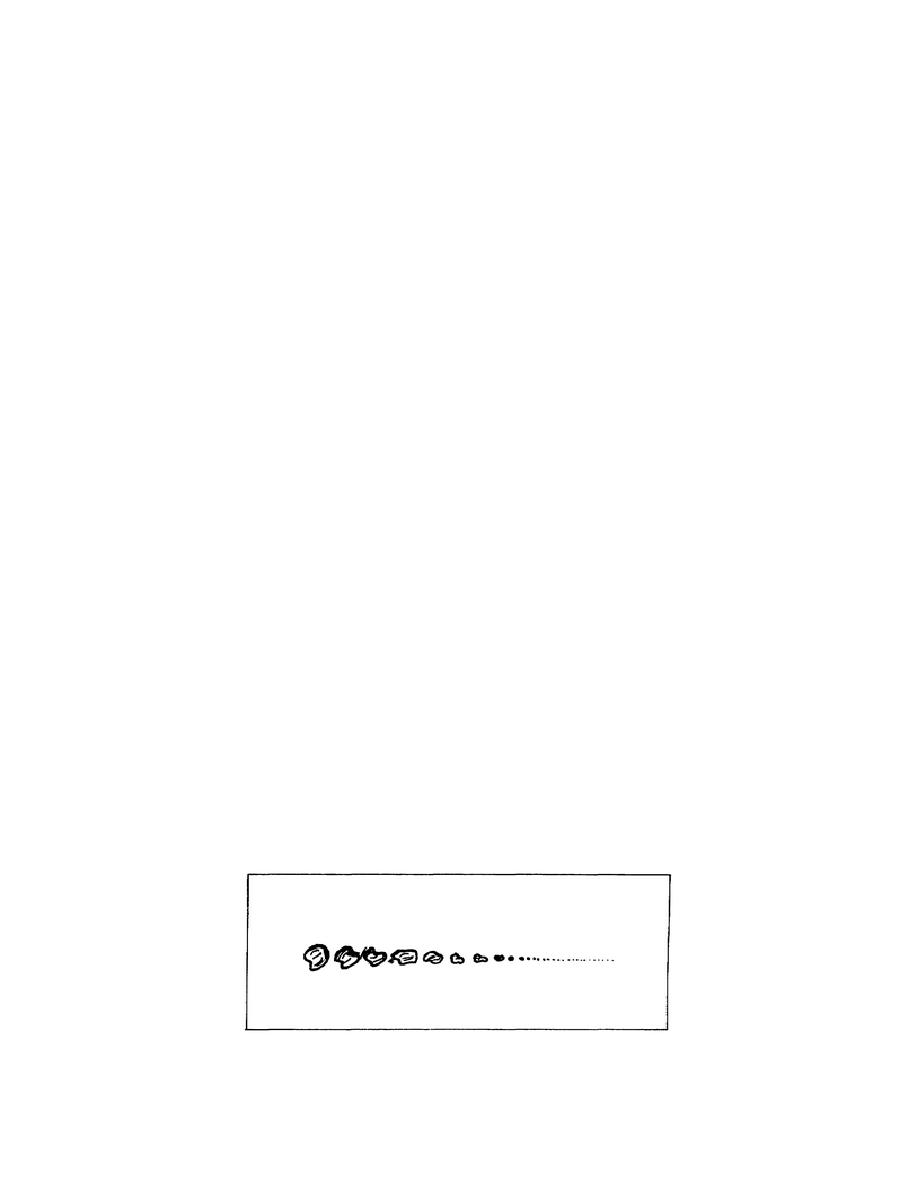
Lesson l/Learning Event 4
Learning Event 4
TYPES, CHARACTERISTICS AND GRADATION OF AGGREGATES
In bituminous constructions, it is common to classify aggregate according to its particle size.
The particle size is designated by the sieves that the particle passes through and on which it is
retained. There are three types of aggregates based on this system of classification.
Coarse Aggregate
Material too large to pass through the openings in a #8 standard sieve is normally classified as
coarse aggregate.
Fine Aggregate and Sand
The particles that are small enough to fall through the openings in a #8 sieve, but too large to
pass the #200 sieve are classified as fine aggregate and sand.
Mineral Filler (Dust)
If the piece of aggregate under consideration is small enough to pass the #200 sieve, it is
classified as mineral filler or mineral dust.
TYPES OF AGGREGATE GRADATION
The three different sizes or types of aggregates may be combined in different proportions to
produce various aggregate gradations. There are four major aggregate gradations that are used in
bituminous construction.
Dense Gradation
When coarse aggregate, fine aggregate, and mineral filler are combined in proper proportions,
the resulting blend or gradation is called dense gradation. It includes a good representation of all
the particle sizes including mineral filler. "Dense" means there are no voids in the blend. This
type of gradation is only used in a plant mix or hot mix.
FIGURE 1. DENSE GRADATION
8



 Previous Page
Previous Page
